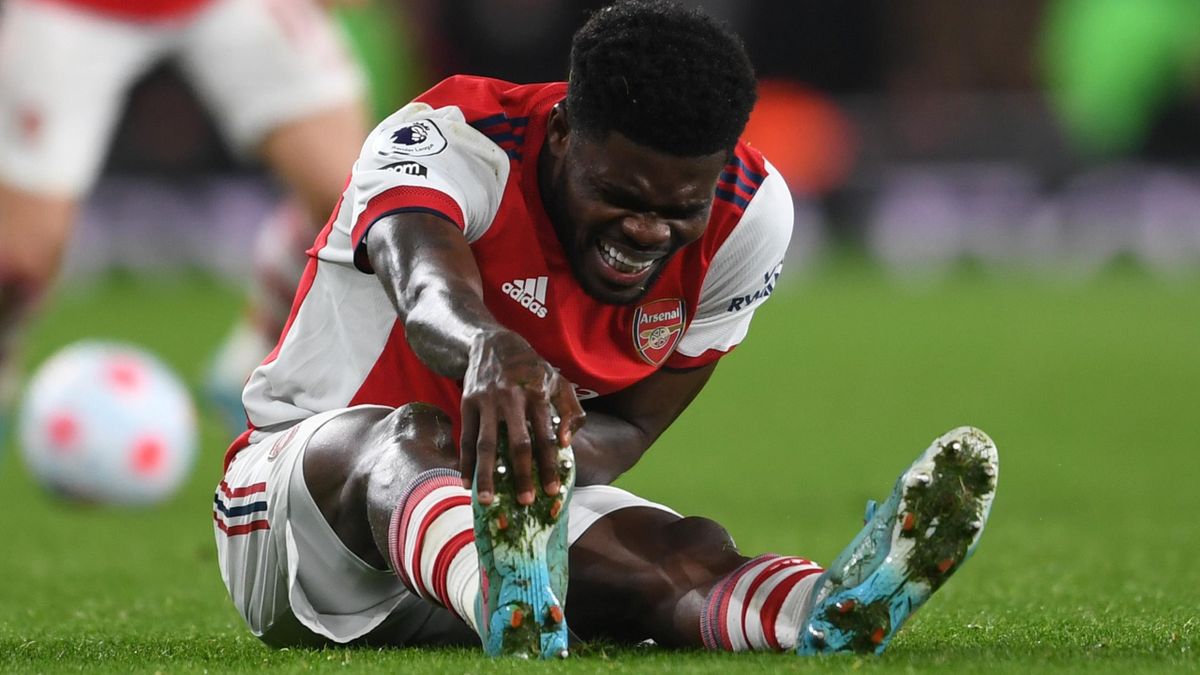
Today is Holy Thursday, another significant day for our salvation. That night, almost 2,000 years ago, during the Last Supper, Jesus, offered His Body and Blood to us, to consume, for our salvation. In the Roman Catholic Church, this is the Institution of the Holy Eucharist, the greatest of all the Seven Sacraments.
The literal eating and drinking of Jesus’ Body and Blood in the formof bread and wine, is highly valued in the Catholic and Orthodox churches, however, the Protestants do not accept this, believing it was a one-time event in the partaking of ordinary communal meal.
Protestants generally understand the Holy Eucharist, also known as Holy Communion, as a mere memorial of Christ’s death and resurrection, rather than the sacrifice of the literal body and blood of Christ as in the Catholic and Orthodox traditions.
While some Protestants, like Anglicans and Lutherans, believe in a real, though not literal, presence of Christ in the elements, most view the bread and wine as symbolic representations.
The Protestants differ with Catholic and Orthodox traditions on 1). The Interpretation of Jesus’ Words, “This is My Body… This is My Blood”: Protestants interpret these words of Jesus symbolically, rather than the literal transformation of the bread and wine into His Body and Blood, something Catholics call transubstantiation and the Orthodox call hypostasis. 2).
Sacrifice vs. Memorial: Protestants view the Eucharist as a memorial meal, a remembrance of Christ’s sacrifice on the Cross. Catholic and Orthodox traditions, however, consider the Eucharist to be both a memorial and a sacrifice, an unbloody re-presentation of Christ’s sacrifice on the cross, and 3). Sola Scriptura and the Bible: Protestants, emphasizing the authority of Scripture (sola scriptura), often cite the lack of explicit biblical support for the literal interpretation of the Eucharist, particularly transubstantiation.
What happened in the Upper Room during the Last Supper is very significant for our salvation. Jesus is the Lamb of God, who takes away the sins of the world (John 1: 29) and He does this by offering His Body and Blood to us to consume.
In John 6: 22-65, Jesus gave a sermon emphasising that it was only through the consumption of His Body and Blood that man can enter into Heaven, ending with these words:“The words I have spoken to you are spirit and life. But there are some of you who do not believe.”As a result of this, many ofHis disciples returned to their former ways of life and no longer accompanied Him. (John 6:66). Does 666 remind us of something?
Placing great emphasis on His discourse, we read: “… I am the Bread of Life; whoever comes to Me will never hunger, and whoever believes in Me will never thirst. (John 6:35); “I am the Bread of Life.” (John 6: 48); “This is the Bread that comes down from Heaven so that one may eat it and not die.”
(John 6:50); “I am the Living Bread that came down from Heaven; whoever eats this Bread will live forever; and the Bread that I will give is My Flesh for the life of the world.” (John 6:51);“…. Amen, amen, I say to you, unless you eat the Flesh of the Son of Man and drink His Blood, you do not have life within you. Whoever eats My Flesh and drinks My Blood has Eternal Life, and I will raise him on the last day. For My Flesh is True Food, and My Blood is True Drink. Whoever eats My Flesh and drinks My Blood remains in Me and I in him.
Just as the Living Father sent me and I have life because of the Father, so also the one who feeds on Me will have life because of Me. This is the Bread that came down from Heaven. Unlike your ancestors who ate and still died, whoever eats this Bread will live forever.” (John 6: 53-58). So, what is not authentic here about the taking of Jesus’ Body and Blood? Jesus Christ was very serious about this very important thing that He was even ready to lose any more of His disciples who would not believe in Him on this matter (John 6: 67).
In the Jewish culture, only women carry pitcher of water and only women go into the upper rooms during a celebration at home; but with the opposite taking place before the Last Supper, (Luke 22:10 & 12) it signified something out of the ordinary was about to happen. God was going to institute the literal consumption of His Body and Blood by man for our salvation, which must be done regularly for the remission of sins, for salvation is a process not an event. And later the next day, God was going to be crucified by man, also for our salvation.
That flesh and blood are essential for redemption of man can be found in the Bible. God allows innocent flesh and blood to be used to cleanse sinful man just as clean water is required to wash dirty things clean.
In the Bible, animal sacrifice was a ritual practice, serving as a symbolic act of atonement for sin and a way to establish a relationship with God. Ultimately, these sacrifices pointed forward to the perfect sacrifice of Jesus Christ, who is described as the ultimate “Lamb of God”.
During the night of the Passover, each Israelite family was told to slaughter a lamb, use its blood to paint the lintel and door posts of their homes and consume the flesh of the lamb with unleavened bread. Blood, flesh and bread! Which they did and they were saved, passing over from slavery to freedom. (Exodus 12: 1-28). Jesus Christ was born in Bethlehem, the House of Bread and was placed in a manger (an animal feeding trough). He came to this world as the Bread of Life, to be consumed by us, so that we can pass over from sin to salvation.
The Passion of Christ is the new Passover, where the Blood of the Lamb is poured out for the reparation of sin and the reconciliation of God and man. Like the Passover which God ordered that it should be celebrated as a remembrance, Jesus also ordered that the Last Supper is to be celebrated as a remembrance or in memory of Him. In both cases the Hebrew word was z???rwhich means to celebrate the occasion in its real presence. It means celebrating that occasion as if one was celebrating it when it first occurred. The Greek word closest to meaning of z???r is anamnasinwhich is loosely translated into English as remembrance or in memory.
The Protestants on the other hand, believe that everything is just symbolic and everything that was done was done only once. The animal sacrifices were not done once but as often as required. Asman continues to sin, since we are always sinners (1 John 1: 8-10) and God always wants us to come to Him, so, in His Divine Wisdom, He changed the substance of Jesus’ Body and Blood into Bread and Wine in what is called transubstantiation, for us to consume.
How wrong were Protestants to think that transubstantiation is not found in the Bible. The word, of course not, is not there in print, however when Jesus held up the bread and said “This is my Body and the cup and said “This is my Blood,” those two species underwent transubstantiation changing their substance into the Body and Blood of Jesus, even though they tasted bread and wine, to be consume for our salvation.
Its importance was emphasised again by Jesus Christ on the evening of Easter, when He said blessing over bread and broke it and gave it to the two disciples who were on their way to Emmaus (Luke 24: 30).
The early Church placed great importance on the Holy Sacrifice of the Mass and never joked with the breaking of bread, which unfortunately the Protestants believe to be an ordinary meal. How then, can they explain Paul’s letters to the Corinthians? In 1 Corinthians 10:16, St. Paul talked about the importance of breaking bread in relation to the Body and Blood of Jesus and in 1 Corinthians 11: 23-34, the apostle who never walked with Christ, revealed that Christ gave him instructions on the Holy Eucharist to be given to the followers. They were to take Jesus’ Body and Blood with great reverence and warned of dire consequences should anyone partake in this meal, unworthily.
This should be enough to make Protestants believe that partaking in the Body and Blood of Jesus, is an instruction from Him.
When Jesus Christ says to us, “Receive the Holy Spirit,” they accept that, but when He says to us, “Receive my Body and my Blood,” they claim they are not genuine. Are Protestants not walking the path of those disciples who abandoned Jesus in John 6:66?
Protestants’ Communion Service where they use soft drinks instead of alcoholic wine is a mockery of what happened during the Last Supper. Christ used alcoholic wine.
Catholics and the Orthodox consume the Real Body and Blood during Holy Mass, because the Holy Sacrifice of the Mass is not a symbol of Calvary, it is Calvary. “The Holy Mass is a continuation of Calvary” -(Archbishop Fulton Sheen).
And when Christ said “This is….,” He meant, It literally IS. He did not speak in parables.
By Hon. Daniel Dugan
The post Holy Thursday and The Institution of the Holy Eucharist appeared first on The Ghanaian Chronicle.
Read Full Story








![Kofi Adomah walks on street, shows recovery signs after being shot in eye [Video]](https://sportal365images.com/process/smp-images-production/pulse.com.gh/14042025/e9b0a707-a08e-429e-ac31-07b9cadeea57.png)










Facebook
Twitter
Pinterest
Instagram
Google+
YouTube
LinkedIn
RSS